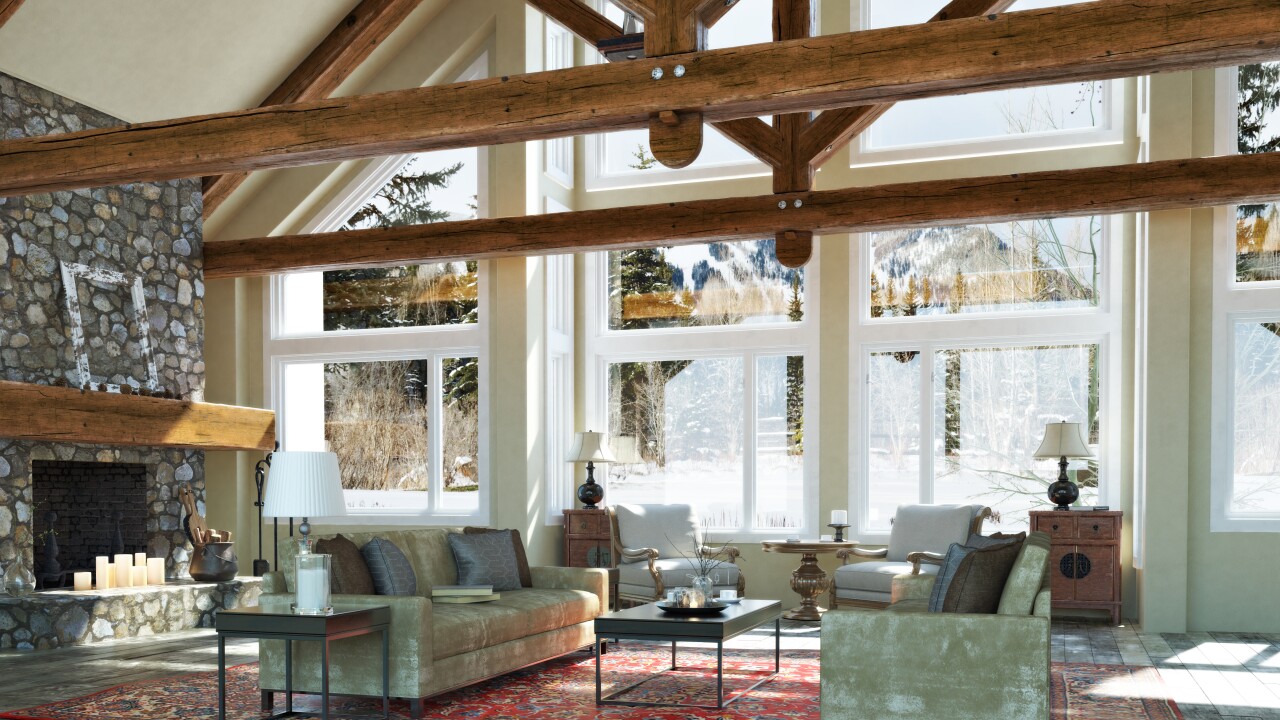(Bloomberg) -- Treasury yields rose a second day amid increasing conviction that the Federal Reserve will raise rates at least three times beginning in May.
Long-maturity yields rose the most, which traders attributed to a second day of heavy supply of new corporate bonds following a three-week lull at the end of last year. The five-year note’s yield climbed as much as 4 basis points to 1.395%, the highest since Feb. 20, 2020, before stabilizing around 1.38%.
Ten and 30-year yields reached session highs as 14 companies lined up investment-grade bond sales on Tuesday, following seven deals on Monday, and remained near those levels despite weakness in U.S. stocks.
“It is more new-issue supply than the market expected,” said Tony Farren, managing director at Mischler Financial Group. While elevated inflation and the Fed’s recent hawkish turn put upward pressure on yields, those factors aren’t news to the market, he said.
The 30-year yield rose as much as 7.7 basis point to 2.10%, the highest since Oct. 25 and exceeding its 200-day moving average for the first time since then. The move appeared to have been aided by a large block trade in Ultra Bond futures.
The yield curve steepened from levels that remain low by historical standards, consistent with expectations for Fed rate increase. The yield gap between two and 10 years widened to more than 90 basis points; between five and 30 years it topped 70 basis points. Both curves reached the steepest levels in more than a month.
Monday’s selloff lifted the 10-year note’s yield by nearly 12 basis points in its worst start to a year since 2009, and the two-year yield topped 0.80% for the first time since March 2020. The rout unleashed a huge outflow from one of the biggest Treasury ETFs.
Initially, the selloff was limited to regular Treasuries, while Treasury inflation-protected securities outperformed, causing market-implied inflation expectations to climb.
That reversed after a measure of U.S. manufacturing declined more than forecast, with its prices-paid component slumping to the lowest level in more than a year. Demand for TIPS collapsed, sending their yields higher and slashing inflation expectations. Meanwhile, U.S. job openings declined in November, but the record quit rate in the private sector underscores the strength in the labor market.
Traders may be shifting their focus to Wednesday’s release of the minutes of the Fed’s December meeting, when it decided to double the pace of tapering asset purchases to pave way for rate hikes. It also released forecasts showing officials on average expect to raise rates three times this year.
“An accelerated taper, and a quick step towards rate hikes is on the menu,” said Padhraic Garvey, head of global debt and rates strategy at ING Groep NV. “That’s not a ‘next year’ story any more. It’s front-and-center, which helps to concentrate minds. The key for me is whether net buying kicks in again. It might, but will be more difficult if the Fed is intent on hiking, and hiking fast.”
Higher yields rippled through markets from Australia to the U.K., where bond trading resumed after a holiday on Monday. Australian 10-year yields jumped as much as 15 basis points to 1.82%, the highest since Nov. 26. Yields on the same U.K. tenor surged as much as 10 basis points to 1.07%, the highest since Nov. 3.
(Adds trader comment in fourth paragraph, details throughout.)
More stories like this are available on bloomberg.com
©2022 Bloomberg L.P.





